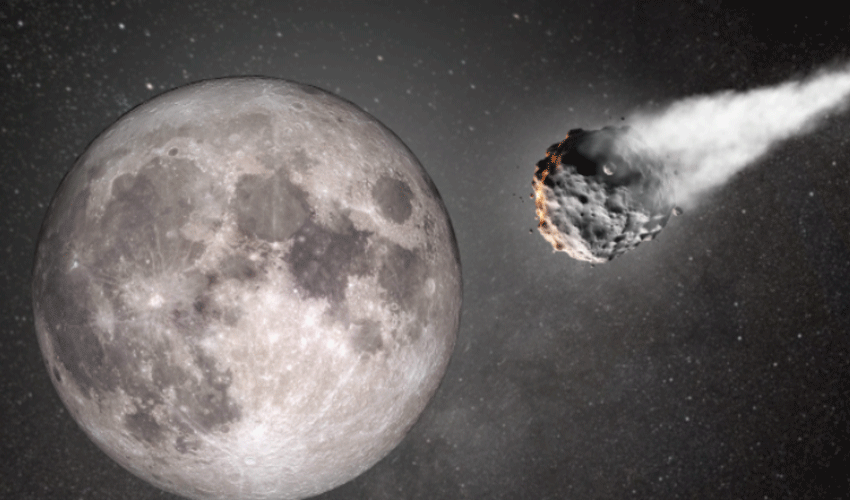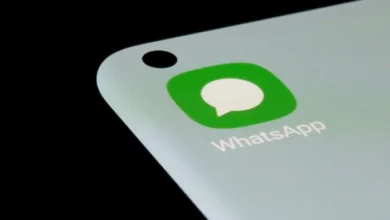An asteroid once feared to pose the greatest known impact risk to Earth has returned to the spotlight, as new trajectory estimates suggest a slightly increased chance of it colliding with the moon in 2032, according to updated data released by the US space agency.
Designated 2024 YR4, the asteroid now carries a 4.3 per cent probability of impacting the lunar surface on December 22, 2032 — up from a previously estimated 3.8pc. NASA, however, maintains that such changes are routine as new observations refine the projected path of near-Earth objects.
“As data comes in, it is normal for impact probability to evolve,” the agency said in a statement. It added that even if the asteroid were to strike the moon, it would “not alter the moon’s orbit”.
2024 YR4 was first spotted on December 27, 2024, and is believed to be approximately 53 to 67 metres in length — roughly the size of a 10-storey building. It briefly made an appearance in May this year when it was captured by the James Webb Space Telescope (JWST), which used its Near-Infrared Camera to provide fresh readings.
A research team led by Andy Rivkin of the Johns Hopkins Applied Physics Laboratory analysed this data to update the asteroid’s trajectory, improving prediction accuracy by nearly 20pc, Space.com reported.
Although 2024 YR4 is currently too distant to be observed from Earth, past tracking data had once placed it at over 1pc likelihood of striking Earth, the highest ever recorded for a sizeable space object. By early 2025, this estimate had risen to 3.1pc, raising public and scientific concerns due to its potential to cause regional-scale damage depending on the point of impact.
According to NASA’s earlier simulations, had the asteroid entered Earth’s atmosphere, it could have affected regions stretching from the eastern Pacific to northern South America, Africa, and southern Asia. An airburst above a city could have resulted in shattered windows and light structural damage, though a plunge into the ocean was not expected to produce tsunamis.
Subsequent observations in February 2025 allowed scientists to narrow down the object’s orbit, bringing relief as the impact probability plummeted to just 0.004pc. NASA officially declared an “all clear” on February 24 through its social media channels, confirming that the asteroid would safely pass Earth in 2032.
While the current attention has shifted to a possible lunar impact, astronomers have reiterated that such an event poses no threat to human life.
Dr Pawan Kumar, former researcher at the Indian Institute of Astrophysics in Bengaluru, said the moon remains a “secure object” when it comes to asteroid encounters. “A collision with the moon is not a cause for concern,” he said, adding that any debris ejected would likely disintegrate in Earth’s atmosphere before it could pose any real danger.







